Scientists at Harvard University, USA, have just published a shocking study, showing that the construction of thousands of dams around the world since 1835 has caused the Earth's poles to deviate from their original rotation axis.
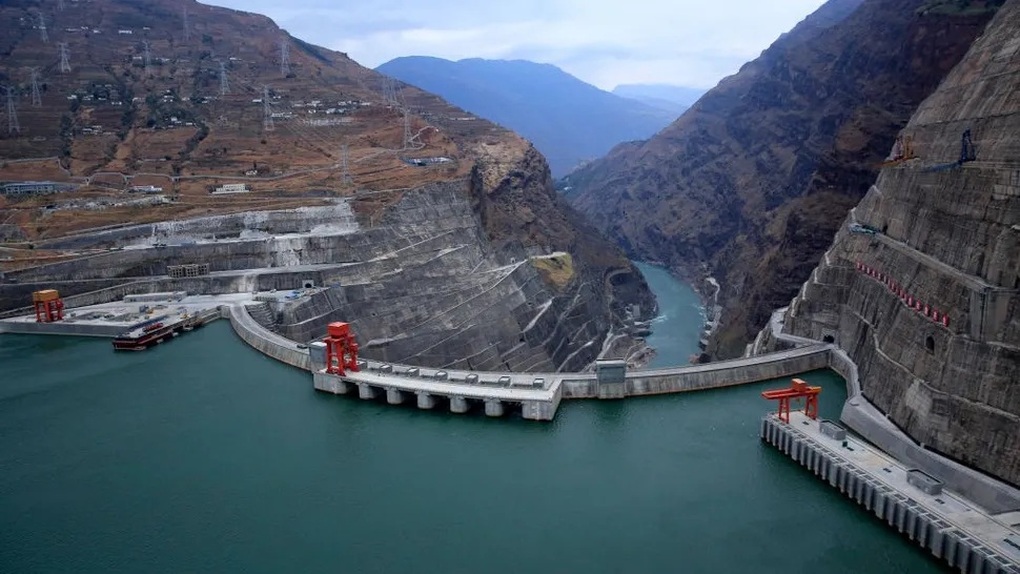
The study, published May 23 in the journal Geographic Research , shows that the huge amounts of water stored in reservoirs have redistributed mass globally, changing the position of the Earth's crust relative to the planet's mantle and midlayer.
According to scientists, the Earth's crust is a solid layer that can slide over the flexible mantle. The weight of water in reservoirs has acted on the crust, causing it to move relative to the mantle, thereby shifting the position of the Earth's poles.
"Any movement of mass inside the Earth or on the Earth's surface changes the orientation of the rotation axis relative to the crust, a process known as true polar motion," the report stressed.
Scientists have known for some time that human activity, especially the displacement of huge amounts of water, can cause polar drift.
A study in March found that massive ice melt due to climate change could cause the poles to shift 27 meters by the end of the century. Another study in 2023 concluded that groundwater extraction between 1993 and 2010 caused a 80 cm drift.
In the latest study, scientists analyzed the impact of 6,862 dams built around the planet between 1835 and 2011.
The data shows that the total volume of water these dams hold could fill the Grand Canyon in the US twice, resulting in a 23mm drop in global sea levels. This amount of water caused the Earth's poles to move a total of 1.1 meters over the study period.
When water is held back behind dams, it is not only taken away from the ocean, leading to a drop in global sea levels, but it is also redistributed differently around the world , the researchers explain.
Results based on calculations and computer models show two distinct phases of poleward shift during the study period:
Phase 1 (1835-1954): Reflects large-scale dam building in North America and Europe. This caused the North Pole to shift 20cm east of the 103rd meridian (an imaginary line running north-south through Russia, Mongolia, and China).
Phase 2 (1954-2011): Reflects widespread dam building in East Africa and Asia. These dams added mass to opposite sides of the globe from North America and Europe, resulting in a shift of 57cm toward the 117th meridian west (which runs through western North America and the South Pacific ).
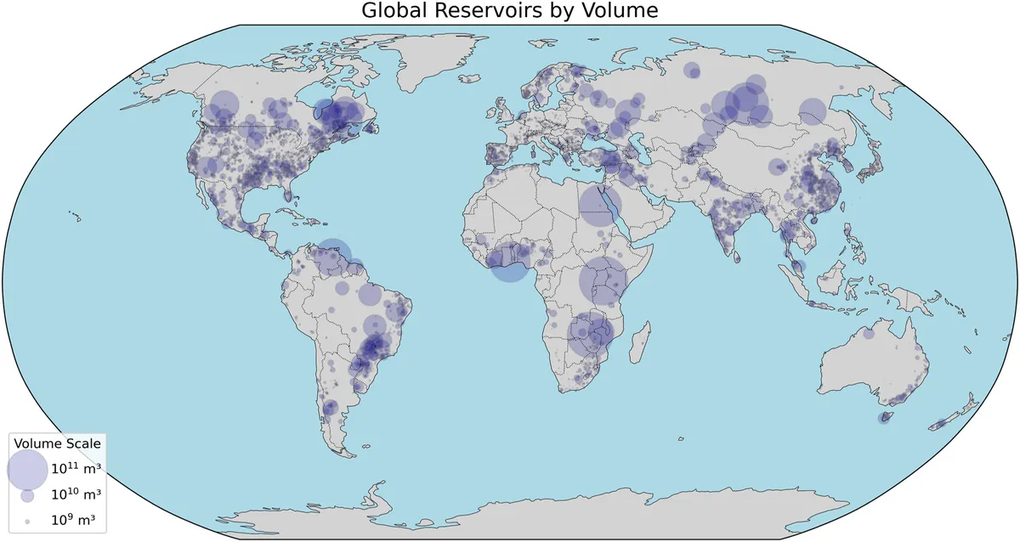
The pole shift is not a straight line but forms an unstable curve, which is why the total net displacement in each direction does not amount to 1.1 meters.
Although the position of the poles has relatively little influence on Earth's processes, the impact of dams on sea level is significant.
"We're not going to be in a new ice age just because the poles have moved about a meter in total, but it's definitely going to have an impact on sea level," said Valencic, a graduate student at Harvard University and lead author of the study.
The study results suggest that scientists should take the operation of dams into account in their projections of sea level rise, as they block a lot of water from reaching the ocean. Global sea levels have risen between 12 and 17 centimeters in the 20th century.
About a quarter of that water is blocked by dams, which means depending on where in the world these dams will affect sea levels, Valencic noted.
Source: https://dantri.com.vn/khoa-hoc/dap-chan-nuoc-khong-lo-lam-dich-chuyen-cac-cuc-cua-trai-dat-20250712000820131.htm





![[Photo] General Secretary To Lam receives the Director of the Academy of Public Administration and National Economy under the President of the Russian Federation](/_next/image?url=https%3A%2F%2Fvphoto.vietnam.vn%2Fthumb%2F1200x675%2Fvietnam%2Fresource%2FIMAGE%2F2025%2F12%2F08%2F1765200203892_a1-bnd-0933-4198-jpg.webp&w=3840&q=75)




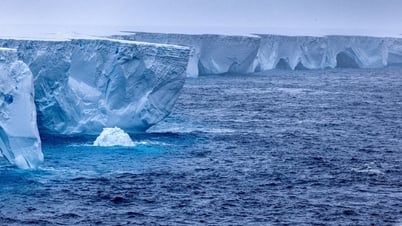




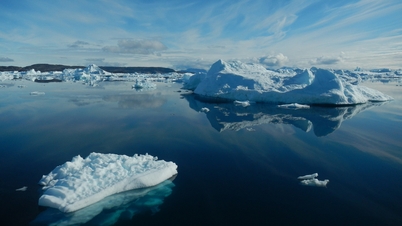




















































































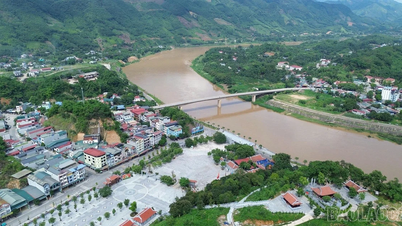
















Comment (0)